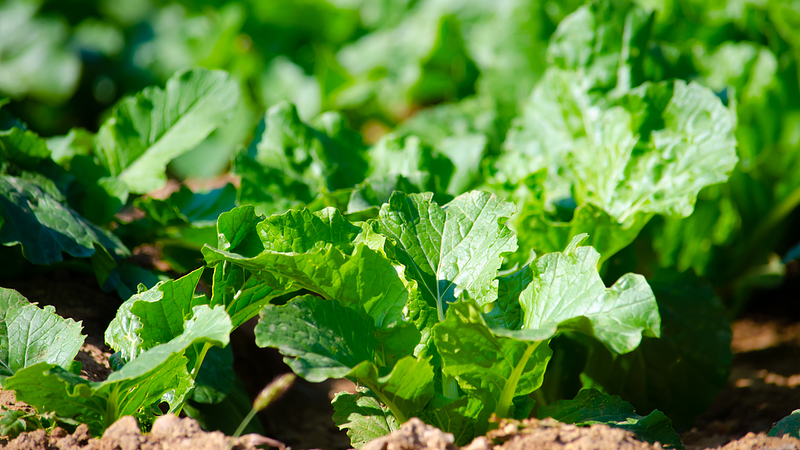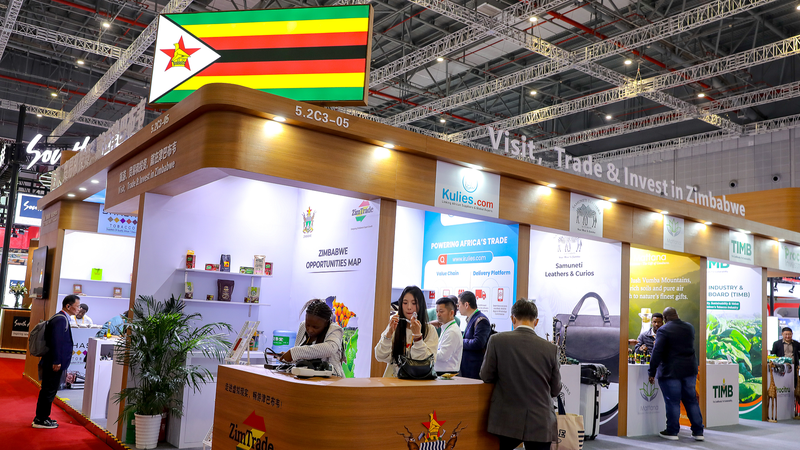Tropical coral islands represent some of the planet’s most fragile ecosystems. Harsh conditions—intense sunlight, high temperatures, salinity and seasonal drought—combine with low biodiversity and limited self‐regulation to create a volatile environment. Artificial vegetation efforts often struggle to take root and sustain growth.
Now, a Chinese research team has uncovered a powerful collaboration among soil microorganisms that could redefine restoration strategies on these islands. Published in Soil Ecology Letters, the study shows how fungi and bacteria work in tandem to rebuild soil health and plant communities.
In the early stages of restoration, drought‐ and salinity‐tolerant soil fungi step up. Their knack for breaking down tough organic matter creates pockets of fertile ground where seedlings can establish. As these pioneer fungi stabilize the microbial network, they set the stage for the next wave of recovery.
Once vegetation begins to establish, soil bacteria take over as the ecosystem’s workhorses. By cycling essential elements—carbon, nitrogen and phosphorus—bacteria drive long‐term soil fertility and ecosystem stability, ensuring plants have the nutrients they need to thrive.
However, both artificial and natural vegetation face a common hurdle: limited carbon and phosphorus in the soil. This nutrient bottleneck restricts microbial activity and caps the pace of ecological recovery.
Based on these insights, the team proposes targeted strategies for vegetation optimization:
- Stage‐based restoration: Harness fungi for early soil conditioning, then promote bacterial‐driven nutrient cycling.
- Nutrient amendments: Supplement soils with carbon and phosphorus to overcome bottlenecks.
- Long‐term monitoring: Track soil health and microbial networks to refine restoration models over time.
By combining storytelling with data‐driven insights, this research offers a roadmap for more resilient coral island ecosystems—and a blueprint that could be adapted to vulnerable landscapes around the globe.
Reference(s):
New strategy proposed to optimize vegetation on tropical coral islands
cgtn.com




